What will you call yourself if hunting waterfowl? About 74.5% of hunters go after both ducks and geese, but only 59.7% call themselves duck hunters. If you hunt waterfowl, you know that it is important to identify duck and goose differences. It’s not just fun facts—it can change your game.
Knowing their differences and behaviors helps you succeed more because you can hunt at ease without wasting your daily bag limit. Multi-day hunts are 3.33 times more successful than single-day hunts. Now let’s guide you through their comparisons, hunting strategies, the right tools, and a better chance of catching more birds.
Key Takeaways
- Ducks are smaller and faster than geese, making them harder to catch. Focus on hunting ducks near water where they swim and dive.
- Geese are larger and slower, often found in open fields. Look for them grazing on grass or grains to improve your hunting success.
- Understanding the physical differences, like neck length and bill shape, helps identify ducks and geese quickly in the field.
- Use the right gear for each bird type. Light gear works best for ducks, while heavier gear is needed for geese due to their size.
- Practice calling techniques specific to each bird. Mimicking the right sounds can attract more birds and increase your chances of a successful hunt.
Physical Differences
Size and Weight
Ducks and goose are very different in size. Ducks are smaller and lighter, which makes them faster in the air. Geese are bigger and heavier, making them easier to follow.
Here’s a simple weight comparison for common breeds:
| Duck Breed | Weight Range (lbs) |
| Australian Spotted Ducks | 2.00 – 2.50 |
| Runner Ducks | 3.25 – 4.00 |
| Welsh Harlequin Ducks | 4.50 – 5.50 |
| White Crested Ducks | 6.00 – 7.25 |
| White Layer Ducks | 4.50 – 5.75 |
| Goose Breed | Weight Range (lbs) |
| African Geese | 12.50 – 15.50 |
| Chinese – Brown Geese | 9.00 – 10.50 |
| Pilgrim Geese | 13.00 – 15.00 |
| Roman Tufted Geese | 11.50 – 14.00 |
| Sebastopol Geese | 11.00 – 13.50 |
| African – Super Geese | 16.00 – 20.00 |
| Toulouse Geese | 14.00 – 16.00 |
Neck Length and Structure
Ducks and geese have very different necks. Geese have long necks that make them look taller and more graceful. Ducks have shorter necks, which help them swim and dive for food.
This isn’t just about looks, it’s how they eat. Ducks dive underwater to find food, while geese eat on land or in shallow water. Ducks have 14–15 neck joints, which let them move their necks more. Geese have 17–18 neck joints, giving them better side-to-side movement but less flexibility in other areas.
Ducks often dip their heads underwater, while geese keep their heads up to watch around them. This can help you spot ducks and geese when hunting.
Feet and Leg Placement
Ducks’ legs are farther back on their bodies, helping them swim well. Their webbed feet act like paddles in water.
Geese have legs in the middle of their bodies, which helps them walk better. They are strong walkers and often graze in fields. Ducks stay near water, while geese move confidently on land.
These differences affect how they escape danger. Ducks fly away quickly, while geese use their legs to run or push off for flight. For example:
- Mallards, the biggest ducks, take off fast with strong legs.
- Teals, smaller ducks, are very quick and can dodge easily.
- Geese need a longer run to lift off because of their weight.
Knowing this can improve your hunting plan. You can hunt ducks near water where they swim and dive. Look for geese in open fields where they walk and graze.
Bill Shape and Function
Another easy way to tell ducks and geese apart is by their bills.
Ducks have flat, wide bills that help them eat many types of food. These bills scoop water and sift mud for meals. Duck bills have tiny comb-like edges called lamellae. Lamellae act like filters to separate food from dirt.
Geese have shorter, stronger bills made for eating grass and grains. Geese often feed on land, using their bills to clip plants. White geese have longer bills, while gray geese have shorter, thicker ones. Male geese usually have bigger bills than females. This can help you tell male geese from female ones.
Bills are not just for eating. Ducks and geese use their bills to defend themselves. A goose’s bill can give a strong bite if it feels scared. Ducks may use their bills to show dominance or interact with others.
Plumage and Coloration
Ducks and geese have different feather colors. Ducks are often colorful, especially males during mating season. Bright colors help male ducks attract mates. For example, male mallards have shiny green heads. Wood ducks have feathers with blue, green, and red shades. Female ducks have dull brown feathers to hide while nesting.
Geese usually have simpler colors like white, gray, or brown. Domestic geese often have white feathers used in bedding and clothes. Gray geese, like Toulouse geese, have thick, dark feathers for warmth. Geese don’t have bright colors like ducks, but their feathers keep them warm and hidden in fields.
Feather color comes from genes and melanin. Over 50 genes affect feather colors. The MITF gene controls melanin, which changes feather shades. Scientists are still learning about these genes, but feathers help birds survive and reproduce.
When hunting, look for these feather clues. Ducks’ bright colors make them easier to see flying. Geese’s plain colors help them blend into fields. Spotting these patterns can help you find your target faster and improve your hunting success.
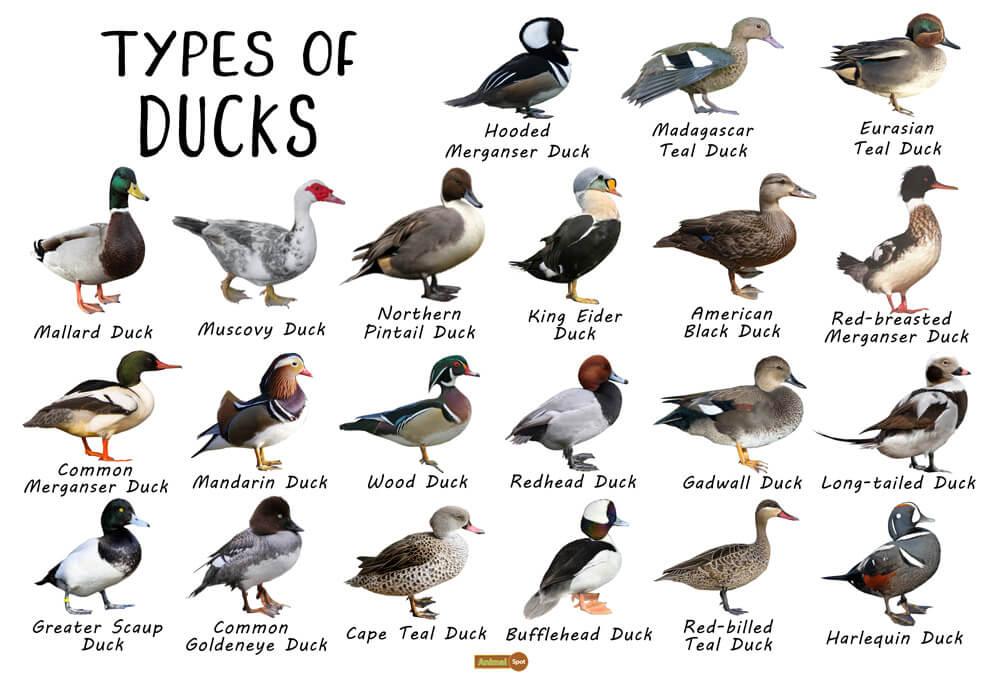
Photo Source from: Animal Spot
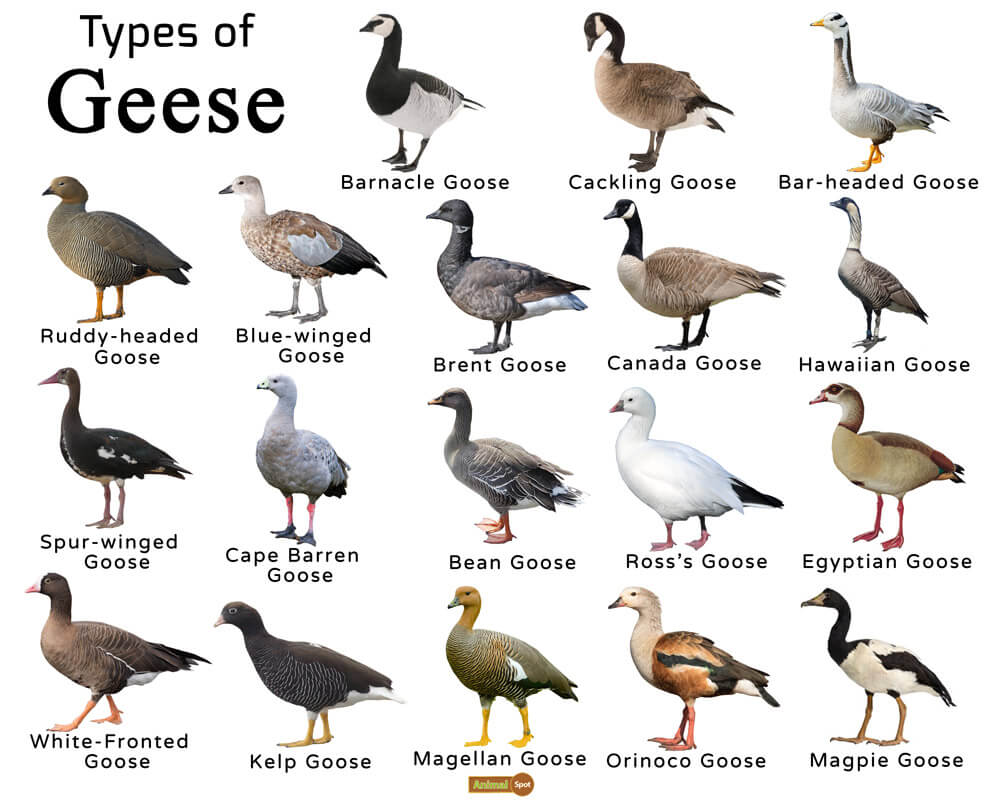
Photo Source from: Animal Spot
Behavioral Differences
Diet and Feeding Patterns
Ducks and geese eat different foods based on where they live. Ducks eat seeds, water plants, and small animals.
Geese mostly eat plants. In spring, they eat shoots and roots to get ready for migration. Their beaks are made for their food—Canada geese grab grass, and snow geese pull up roots. These habits show how they adapt to their environment.
The way ducks and geese eat also changes their beak shapes. Ducks have flat beaks to scoop mud and water. Geese have strong beaks to cut plants. This shows how their eating styles shape their bodies.
Mating and Pair Bonding
Ducks and geese have different ways of finding mates. Ducks pair up early and are active earlier in the year. About 75–80% of female ducks find mates by late November.
Geese start looking for mates in winter or spring. Young geese even practice pairing early to get ready for the future. They stay in pairs longer, making them easier to spot.
Habitat and Migration Patterns
Typical Duck Habitats
Ducks live in many wetland areas. You’ll find them in marshes, ponds, lakes, and rivers. They prefer places with abundant plant life and shallow water for food. Ducks move to new areas when seasons change to find better food and water.
When planning your hunting, you should know where to look. These places attract more ducks, especially during breeding times, and ducks will move faster in spring.
Typical Goose Habitats
Geese like open areas such as grasslands, farms, and shallow wetlands. Unlike ducks, geese spend more time eating on land. You’ll often see them in fields eating grains or grass. During migration, geese gather in big groups near lakes and reservoirs for rest and safety.
Geese adapt well to human areas like farms, where they can find plenty of food. These spots are great for hunting. If you’re hunting geese, look for open fields where they eat and rest.
Geese travel quicker in fall, so late fall is a better time to hunt them as they gather in fields and reservoirs.
Hunting Strategies
Field Identification Tips
When hunting waterfowl, identifying the species correctly is crucial for a successful hunt. First, familiarize yourself with the common species in your area, noting their distinctive markings, colors, and sizes.
For ducks, observe the shape of their bills and the patterns on their feathers; like male mallards, they are easily recognizable by their shiny green heads.
Geese typically have a more uniform body shape with distinctive neck features, such as the black neck of the Canada goose. Pay attention to their behavior, as different species show unique flight patterns and calls.
Using binoculars can enhance your ability to identify these features from a distance, ensuring accurate target identification before firing.
Calling Methods
Learning to call ducks and geese is very important. Each bird reacts differently, so you need to adjust your calls.
For ducks, copy the sounds of female mallards. Calls made from acrylic or hardwood sound more real. These materials make sharp sounds like real mallards. Practice to make your calls sound natural.
Geese need a different call. Their sounds are deeper and louder. Use a short reed goose call to copy their honks and clucks. Call when geese are flying near or circling decoys. Don’t call too much, or they might get scared.
Calling takes time to learn, but it’s worth it. The right call can bring birds closer for a good shot.
Gear Selection
Picking the right gear is key for hunting ducks and geese. Their size, habits, and homes mean you need different tools.
For ducks, use light gear. Small decoys that look like ducks work best. A 12-gauge shotgun with #3 or #4 steel shot is good for their quick flying. Wear waders for walking in water and a waterproof jacket to stay dry. Here are a few Best Duck Hunting Waders for your choice.
For geese, heavier gear is better. Big decoys help attract geese since they’re easy to see. Use a 10-gauge or 12-gauge shotgun with BB or BBB steel shot for their thick feathers. A layout blind hides you in fields, and warm clothes keep you comfortable in cold weather.
Conclusion
Knowing the duck and goose differences can improve your hunting. Ducks are smaller, quicker, and live in wetlands. Geese are bigger, slower, and stay in open fields. Their eating habits, actions, and migrations are not the same. These differences change how you hunt each bird.
Use these ideas and track how you do. Yearly studies show hunters who change their tactics often catch more birds. Want to get better? Be well prepared for the next waterfowl hunting season!
FAQ
How can I quickly tell a duck from a goose in the field?
Look at their size and neck length. Ducks are smaller with shorter necks, while geese are larger with long, graceful necks. Ducks also tend to stay near water, while geese often graze in open fields.
What’s the best time of year to hunt ducks and geese?
Ducks are more active in spring, while geese are easier to hunt in late fall. Pay attention to migration patterns and weather changes to plan your hunt for the best results.
Do I need different decoys for ducks and geese?
Yes! Ducks need smaller, more colorful decoys that mimic their species. Geese require larger, simpler decoys to match their size and behavior. Using the right decoys increases your chances of success.
What’s the easiest way to improve my bird calls?
Practice regularly with high-quality calls. For ducks, mimic female mallard sounds. For geese, use short reed calls to replicate honks and clucks. Keep it natural and avoid overcalling to prevent scaring the birds.
Can ducks and geese be hunted in the same area?
Yes, but it depends on the habitat. Wetlands with shallow water attract ducks, while open fields and grassy areas are better for geese. Scout the area to identify where each bird is most active.


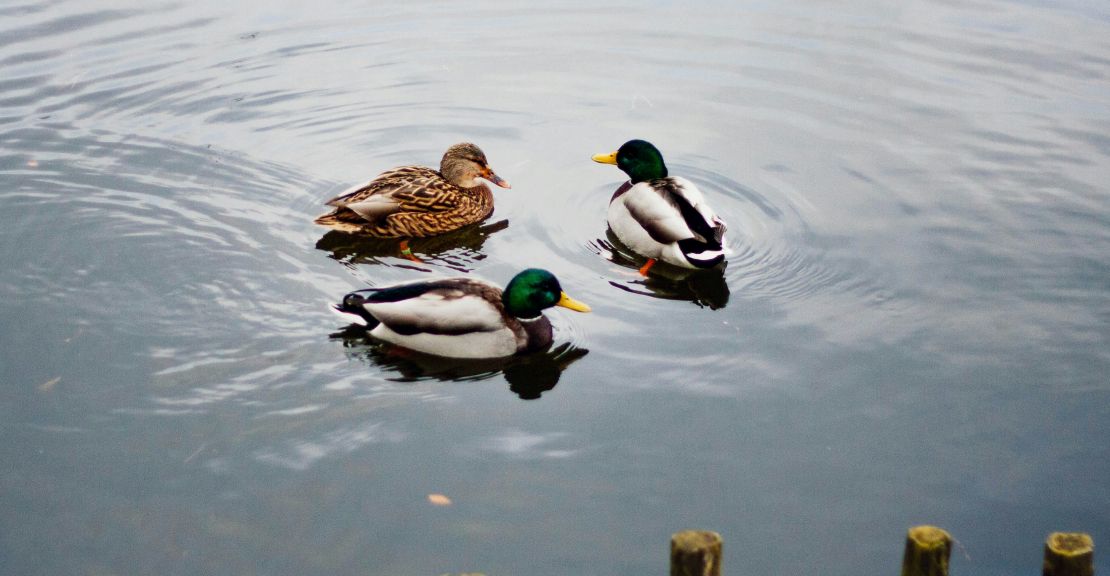
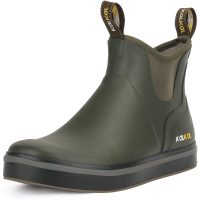



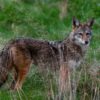
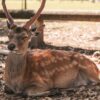

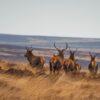
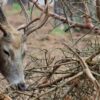
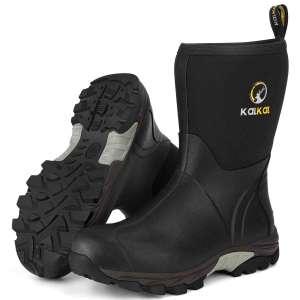
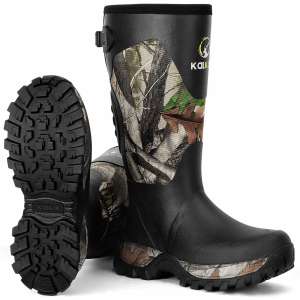

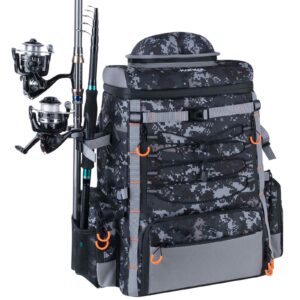
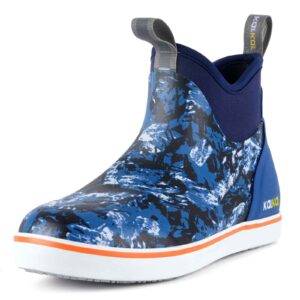


Leave a reply